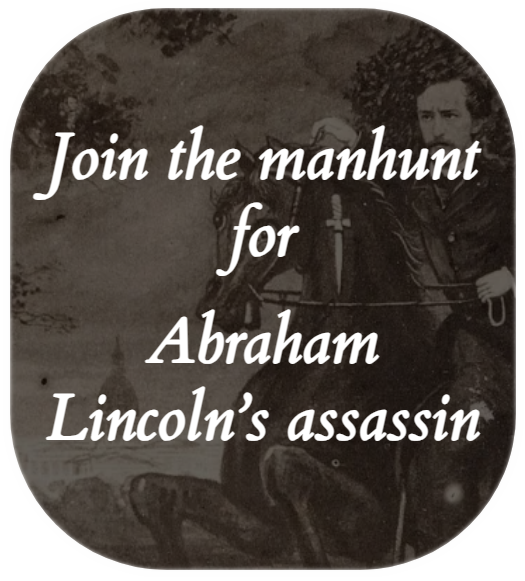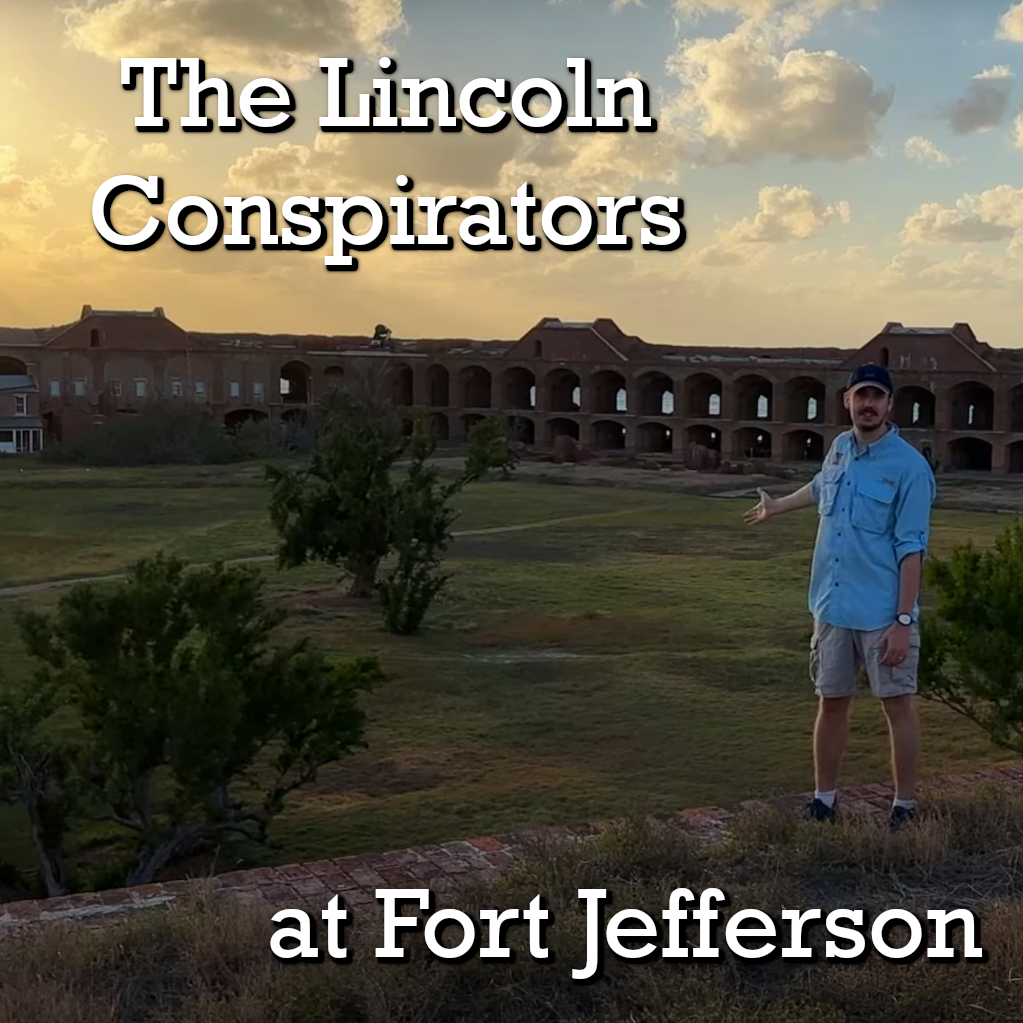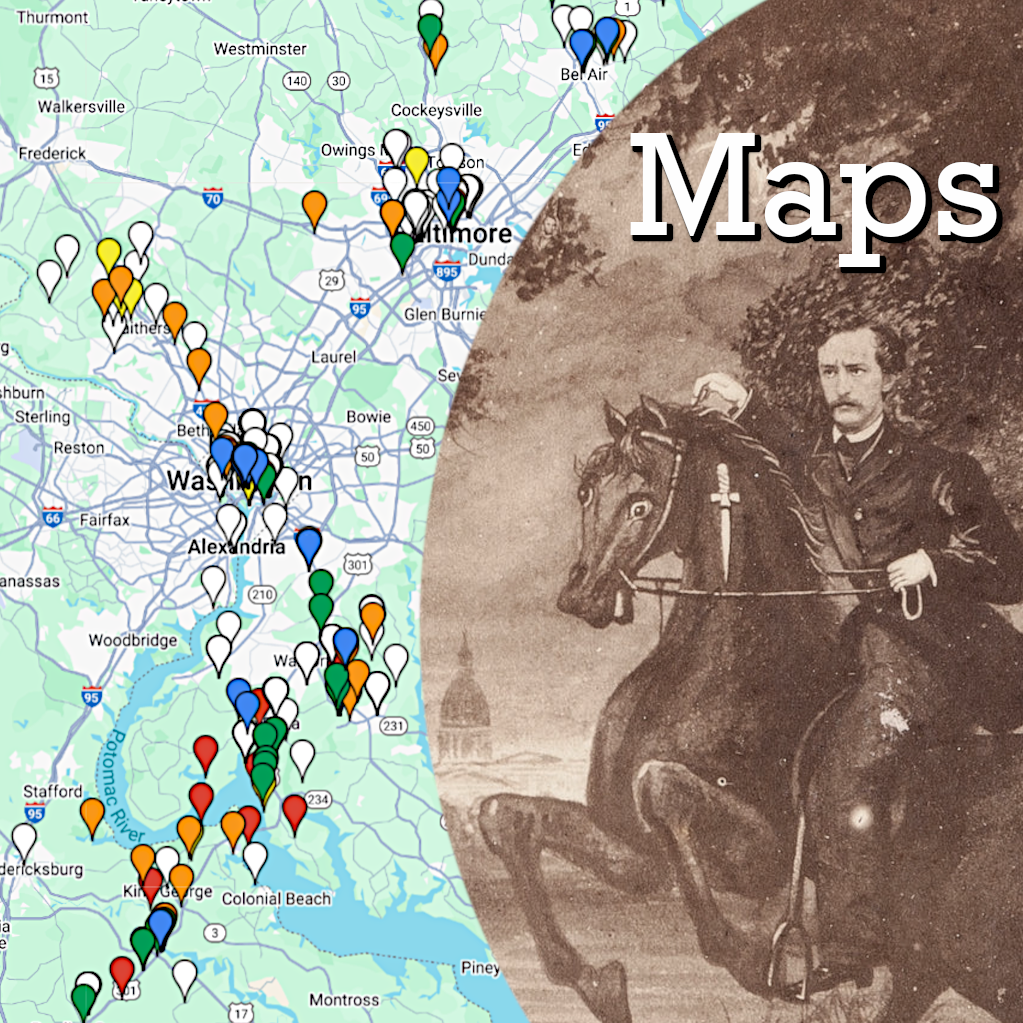In 1907, the first film adaptation of Ben-Hur was produced. Author Lew Wallace had written the highly successful book 15 years after he had served on the commission that tried & convicted the Lincoln assassination conspirators. Wallace had died in 1905 & early filmmakers usually ignored copyright laws anyway, so Kalem Company made their silent film without any approval or permission. While less than 15 minutes long, the film was a big success, largely due to the book’s ongoing popularity. You can watch it here:
The Wallace estate and the book’s publishers sued Kalem for copyright infringement. Surprisingly, the estate won their suit. This set the precedent still in place today that producers must acquire the film rights to copyrighted material before producing a movie.
But commissioner Lew Wallace as the source material is not the only connection the 1907 Ben-Hur film has to the Lincoln assassination. One of the co-directors of the film was a man named Frank Oakes Rose.
In 1869, a young Rose was a stock actor for John T. Ford in Baltimore. On Feb. 17, 1869, John T. Ford closed rehearsal early, beckoning a select few to follow him to an establishment behind the Holliday St. Theatre. While not invited, Frank Oakes Rose, along with fellow actor William Burton, scaled a fence and followed Ford & the others.
Rose & Burton found themselves among a group of about 25. They were all standing in Weaver’s undertaker shop, which was located behind the theater. There, the actors witnessed the final identification of John Wilkes Booth’s body which had just been shipped to Baltimore from D.C.
Rose observed as Joseph Booth helped to identify his brother using a gold plugged tooth in the skull of the remains. William Burton also volunteered that he had gone ice skating once with JWB. An investigation of the boot on the corpse’s foot had the same screw holes from the ice skate’s mounting. The same holes have been noted on the bottom of the boot on display at Ford’s Theatre.
Frank Oakes Rose never forgot the experience. Years later, when charlatans like Finis Bates tried to pass off an itinerate painter named David E. George as John Wilkes Booth, Rose told his story and his certainty the body he saw in 1869 was JWB.
Most of the Booth family found claims that JWB escaped his death at the Garrett farm to be ridiculous. Sydney Barton Booth, the son of Junius Brutus Booth, Jr. and Wilkes’ nephew, heard about Rose. In 1905, Sydney wrote to Rose, asking for his help in countering Bates & his lies.
I think it’s interesting that the movie that established the precedent for film rights was produced with stolen material from one the judges of the Lincoln conspirators and co-directed by a man who hopped a fence & stole a glance at the final identification of John Wilkes Booth.














You continue to uncover interesting connections to Lincoln history.
Wow! Really cool bitof history Dave!
Does anyone know whose idea it was to host the president and Grant that night? Was it John Ford’s?
No, they say it was Mrs Lincoln.
John T. Ford had become pretty hands off when it came to his D.C. theater by the spring of 1865. He spent pretty much all of his time in Baltimore running the Holliday Street Theatre. He left the day to day operations of Ford’s Theatre to his brothers Harry and Dick. Harry’s son, George D. Ford, wrote a book in 1955 in which he states that his uncle Dick visited the White House early on April 14th in order to pass along an invitation to Mrs. Lincoln. Tom Bogar wrote in his book, Backstage at the Lincoln Assassination, that earlier in the week, Laura Keene had sent an invitation to the Lincolns to attend one of her upcoming shows.
So the idea came from either Laura Keene or Dick Ford… Keene makes the most sense, as it was a benefit concert and the proceeds went to her.
But to your knowledge, it wasn’t anyone connected to the assassination?
John Wilkes Booth encouraged the staff of Grover’s National Theatre, the rival theater to Ford’s, to invite the Lincolns to their performance on Friday night. The thinking is that he was planning to commit the assassination over there. When the Lincolns accepted the invitation from the Fords, Booth merely switched venues.
As you know, as a cousin of John Wilkes Booth, that we almost universally believe that JWB was not the body in the barn that he did escape and lived for many decades known to his family. Ironically, Sydney Barton Booth was to be named in honor of JWB, but upon his birth, it was changed with the assassination.
It was Creston Clarke, Asia’s son, who was supposed to have been named in honor of his uncle, not Sydney. Creston was born in August of 1865 while Sydney wasn’t born until 1873.
BTW: Is there anyone in this forum who believes that Booth DID survive and lived out his days in Oklahoma?